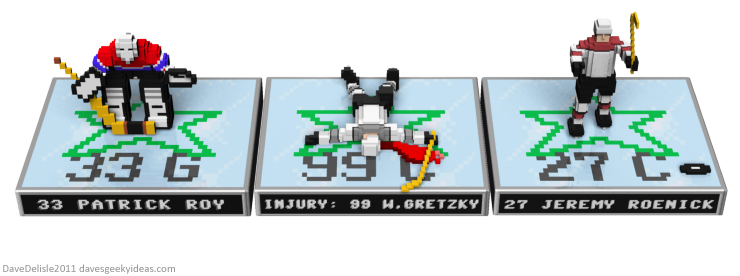
When I was a kid I used to own the Wayne Gretzky Overtime table hockey set. Every hockey player, including those that came with the table, came with a little stand so you can display them when they’re not affixed to the table.*
I mention these table hockey players because they were small and fun to collect (and even customize). I’m hoping that one day a similar approach could be taken with NHL players from the EA 16-bit era (NHL Hockey 92, NHLPA 93, NHL 94 - NHL 97). These small figurines would be a blast to collect.
*These stands were great because you can snap them together to make a big team stand. A similar approach could be used for the EA figurines too.


I like the jerky 16-bit-computer-esque spinning GIF renders 🙂 takes me back somewhat.
Though the kid inside me wonders what fancy code you used to be able to get enough colours on-screen at once to be able to do light sourced shading and to make it run that quick with so many shaded surfaces in play.
You could assign a series/sequence of textures to the model, if you need it to appear different in every pose. The textures would be so tiny, given the pixelated nature. You could also do faux lighting/shading this way.
Some video games use pixel characters and environments in 3D.
3D Dot Game Heroes is a good example: http://kotaku.com/5522909/3d-dot-game-heroes-review-connecting-the-dots-to-the-past
I’m trying to build one, and let me tell you, Legos aren’t nearly as easy to build with as I had hoped.
Want.
Ok, I finished my build, it ended up being pretty tall.
http://30nhl.blogspot.com/2012/05/lego-nhl-figure.html
Reblogged this on Dave's Geeky Hockey and commented:
Migrating this old post to the hockey blog for posterity.